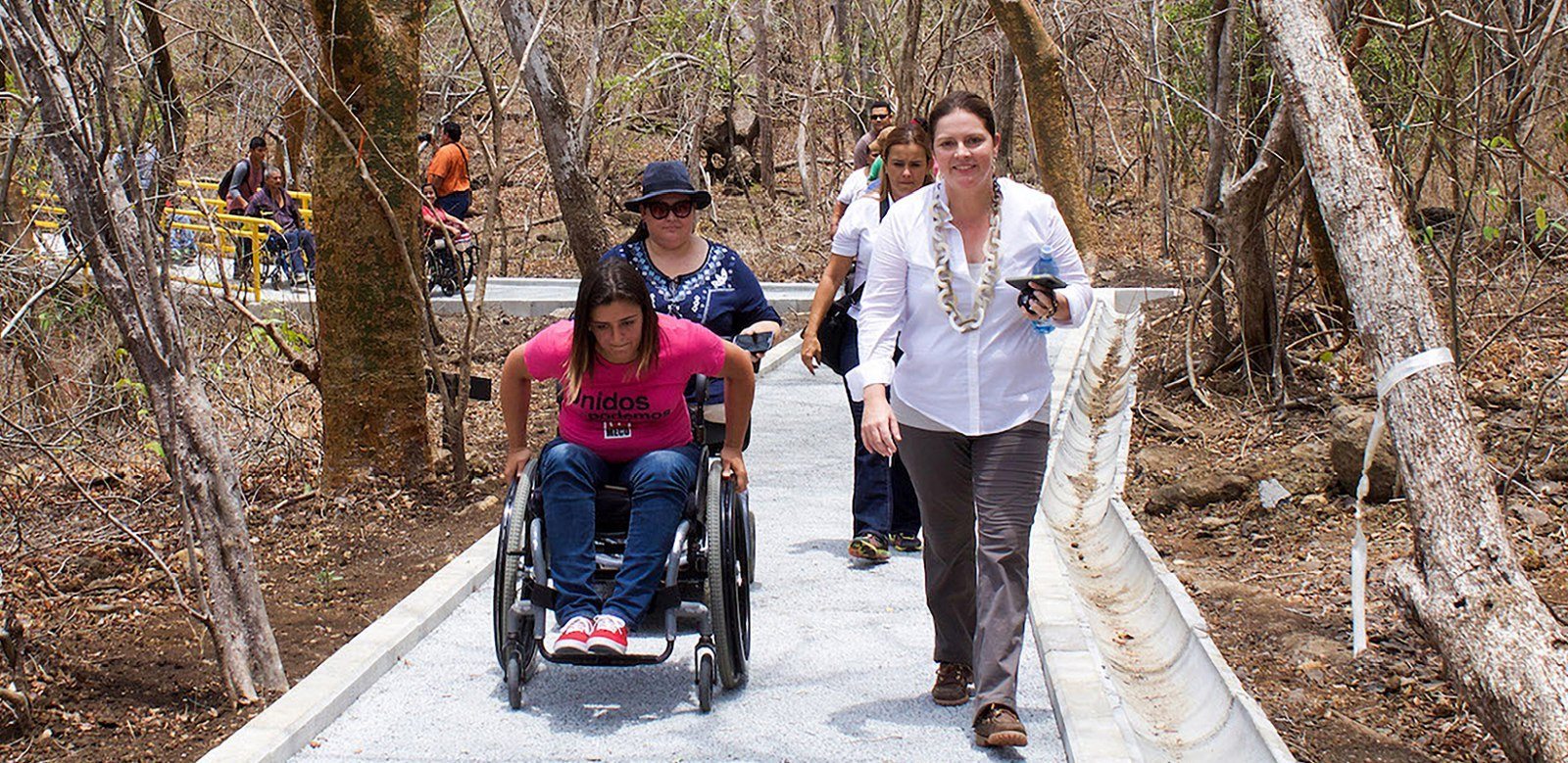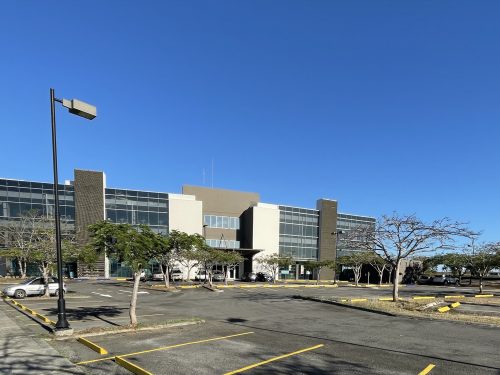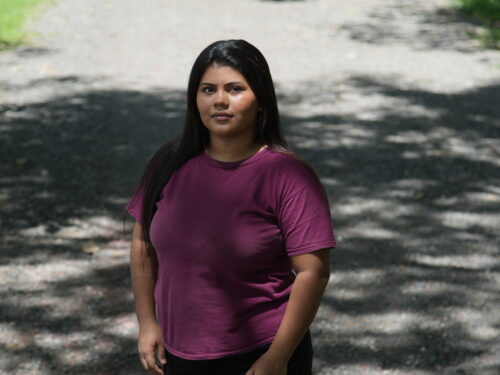
The president of the Liberia City Council Juan Flores has a mobility impairment and he doesn’t have the desire to visit the national parks in Guanacaste because he knows that the majority lack wide, safe sidewalks that would allow him to move in a wheelchair.
“You get used to not going to those places because they don’t have the amenities,” Flores said.
Enjoying nature in the majority of national parks in Guanacaste is practically a privilege that people that have disabilities still can’t access.
Santa Rosa National Park is the only park with a universal access trail that doesn’t discriminate against people for their physical or mental condition. But that’s not the case in the more than 30 conservation zones that the National Conservation System (Sinac) oversees in the province.
Accessible tourism – a term that is used to describe places and activities that have infrastructure adapted for people with disabilities – isn’t practiced in Guanacaste.
The information was confirmed by the directors of the three Conservations Areas in the province.
“The only thing that we have are bathrooms that comply with Law 7600 in Barra Honda National Park, the Camaronal Wildlife Refuge, the Las Baulas Marine Park and the Ostional Refuge,” said Nelson Marín, director of the Tempisque Conservation Area.
The Administrative Director of the Arenal Tempisque Conservation Area (ACAT) Mario Aguilar indicated that Tenorio National Park has a 300-meter long trail made with cement that allows wheelchair access up to a certain part of the path, but it doesn’t extend all the way to the waterfall at the Celeste River, the main attraction of the park.
The Cipancí Refuge has a cement ramp, but it is also only a few meters long. Because of these accessibility shortcomings, the ACAT manager doesn’t recommend that people with disabilities visit these zones.
“The access is really poor and risky,” Aguilar said. “I think that, in terms of accessibility, we are still in diapers.”
A Universal Trail
The Santa Rosa National Park is the only protected area in Guanacaste tha has a universal trail that is accessible to people with any type of disability, said the Guanacaste Conservation Area manager Alejandro Masís.
The trail bears the name of the Naked Indian tree, which is very common in the park’s forest, and has floor tiles and tactile maps, braille, and sculptures that blind visitors can touch and identify.
The path has a matted surface with slopes appropriate for people with mobility impairments, a pedestrian bridge, rest bays and a restroom that complies with the nation’s disability Law 7600.
Parks Need Funds
In order to do this, funds are needed. Sinac architect Diego Jiménez explained that there is still a lot left to do in the way of accessibility at national parks and that the problem is a lack of financing.
Building a universal trail like the one in Santa Rosa costs around ¢100 millones ($179,000), according to Sinac figures.
Alejandro Masís from the ACT said that economic collaboration from private companies is needed in order to create more of these types of spaces. For example, the Santa Rosa trail was built with the support of 27 private organizations and Sinac funds.
At Barra Honda National Park, for example, there is an initiative to install a adapted trail for people with mobility impairments and they are looking for support from companies to finance it and have it ready in 2019, Nelson Marín confirmed.







Comments